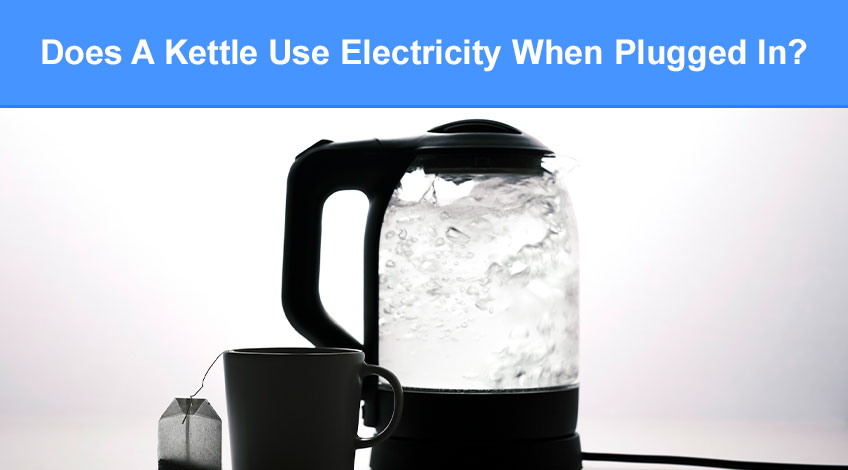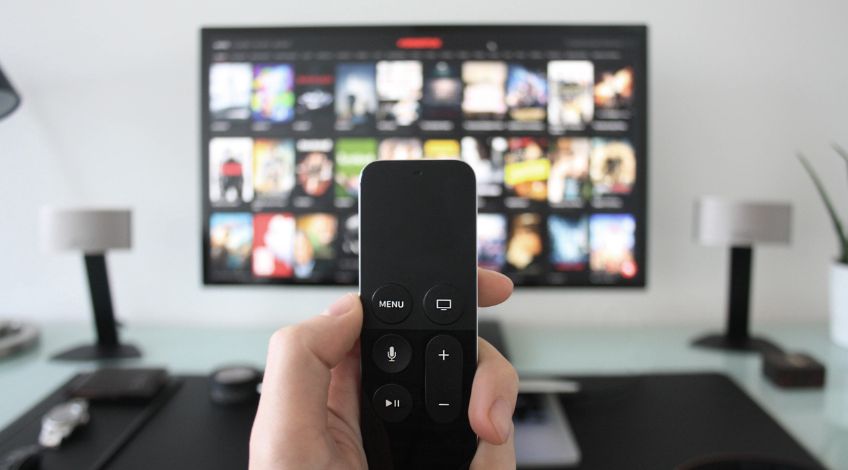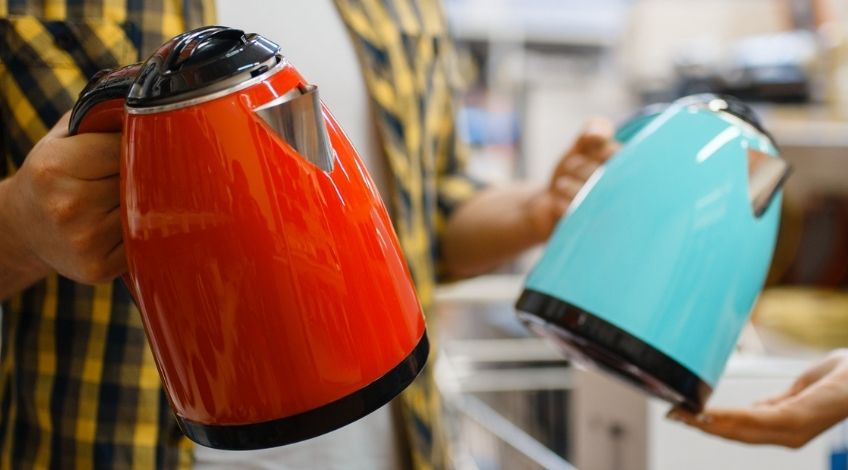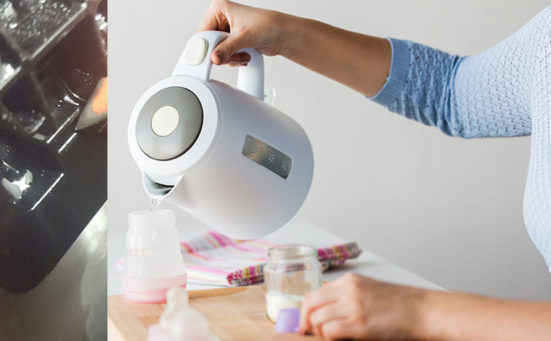
Does A Kettle Use Electricity When Plugged In?
With energy prices soaring at the moment, we’re all looking for ways to reduce our power usage. You probably know that certain electrical appliances like TVs for instance, use power even when they’re switched off.
This is because if they’re plugged into the main supply and the wall socket is switched on, there is power running through the system which is evident because the standby light will be on.
But is this true of electric kettles too? If you have ever wondered whether a kettle uses any electricity when the plug is in but the actual kettle is turned off, keep reading.
Because that’s exactly what this article will explain in easy to understand terms.
Does An Electric Kettle Use Power When Connected To The Socket?
Electric kettles all work using a similar principle which is that they only heat up when the actual switch on the kettle itself is turned on. It doesn’t matter about the wall socket being left on, it’s all about the actual kettle itself.
The short answer is that kettles don’t use electricity when they’re connected to the socket unless the switch on the kettle is switched on.
The difference between a TV on stand by and a kettle is that there is no current flowing through the kettle.
How Does An Electric Kettle Work?
We said we wouldn’t make this difficult to understand, but we do need to get slightly technical to explain exactly how a kettle works. Anyone with even a slight knowledge of physics or electrical power will tell you that power is measured by the voltage multiplied by the current.
Power = Voltage X Current
When you turn the kettle off (from the actual kettle not the wall socket) the current cannot flow which means we have a current value of zero. Now anything multiplied by zero is zero. So in this case when the switch on the actual kettle is switched off and there’s no indicator light showing on the kettle, it’s using no power at all.
How Do Electric Kettles Differ From TVs?

TVs are often operated via a remote controller which is used to switch the TV on and select channels, volume, etc. Now for that remote controller to work, the TV has to have power running through it already.
We know it does because we can see the power light displayed on the front somewhere. That lets us know that the TV is on standby which means it’s using power albeit only a small amount. It needs to be using a small amount of power to detect when the remote is operated.
This then gets the TVs circuitry running at full capacity which then uses even more power.
Electric kettles on the other hand, are not controlled by a remote controller and therefore do not need to be left on standby. To make the kettle work you need to physically operate the switch on the actual kettle.
This allows the power to enter the kettle and starts the element heating up the water. When the water has boiled, there is a small pipe that runs down the inside of the handle of the kettle which steam from the boiling water passes down and triggers a switch in the base of the unit that automatically turns the power off when the water boils.
This works in the following manner: The steam passes down the tube until it reaches a thermostat that is situated underneath the kettle within the kettle stand. It is composed of two metal discs made from different metals with differing thermal expansions.
Once the temperature gets high enough, one of the metal discs flips and cuts the power to the element. As the kettle cools, the two metal discs return to their original shape which allows the kettle to be switched on again to restart the whole procedure. If you listen closely as the kettle cools you can hear the metal disc pop back into its original shape.
The point is, once the kettle’s thermostat cuts the electricity supply to the element, the kettle uses no more power. Unless it has a power light that indicates that the kettle is plugged in (but this is highly unlikely).
Are There Any Exceptions?
As with all things electrical (and otherwise) there are always exceptions. These include any electric kettle that has a digital display but even these only use a miniscule amount of electricity.
They are often bundled together with other electrical items that use power when turned off. They are collectively known as “vampire devices” or “ghost appliances” and include TVs, PCs, phone and laptop chargers, game consoles, some wifi boxes and kettles with digital displays.
The amount of electricity an electric kettle with a digital display that’s illuminated 24 hours a day 7 days a week would be approximately £1 to £2.50 worth per year.
How To Save Energy When Using A Kettle

Now we know that kettles use no power unless they are actually boiling water, let’s look at how to save energy when using a kettle.The best way to save energy when using a kettle is to only boil as much water as you need.
It will take much more energy to heat a full 1.7 litre kettle full of water than it will to heat 1 or 2 cups of water.
We don’t need to show any complicated mathematical formulas to prove this simple point. The bottom line is, the less water you have to heat, the faster it will reach its required temperature.
Having said that, if your electric kettle has the element visible inside the actual kettle, it needs to be completely covered with water before use. This typically takes around 2 to 2 ½ cups of water.
Safety Precautions When Using An Electric Kettle
As any 10 year old science buff will tell you, water and electricity don’t mix. In fact, they can be a dangerous, even fatal combination.
However, if used correctly an electric kettle is a great labour saving device that uses way less energy than heating a kettle up on a stovetop.
To ensure your safety and the safety of every member of your household, there are a few factors that need to be considered. Which are;
- Always place the kettle on a level surface
If the kettle is placed precariously on an uneven surface there is the potential for the kettle to topple over once the water starts to boil. - Ensure you have used the correct amount of water before use
Make sure the element (if visible in your kettle) is covered with water before switching the kettle on. - Never overfill the kettle
Kettles have a fill line which is there for your safety. Never fill the kettle with water above the fill line because it could spit out as it starts to boil. - Never touch the kettle or the water immediately after boiling
Remember that water boils at approximately 100 C which is more than hot enough to burn you. The kettle itself will also be incredibly hot and should not be touched (apart from the handle) for the same reason. - Always turn all electrical appliances of at the socket when not in use
This is not only the safest option, it will also save you money. If an appliance like the TV, PC or kettles is switched off at the socket it cannot short out, catch fire or use any power. Obviously this is not possible with refrigerators or freezers unless they are completely empty.
SEE ALSO:
Frequently Asked Questions
Turning a kettle off at the plug doesn’t save electricity unless the kettle has a standby light. Electric kettles only use energy when they have power running through them. The actual kettle itself switches off once the water inside boils, which means there’s no longer any power running through it.
You should always unplug all electrical devices when not in use to prevent any possible power surge which could potentially cause a fire or damage to the appliance. Most electric kettles don’t use any power when they’re not switched on so you don’t need to worry about “vampire devices” or “ghost appliances” when thinking about electric kettles, unless the kettle has a digital display which does use energy when the kettle is not in use.
In many cases leaving sockets switched on with any electrical device plugged into them can use electricity. This is true of any device that has a standby setting or digital display like TVs, PCs, etc. However, many electric kettles have no standby setting or no digital display and so do not use any electricity when not in use.




